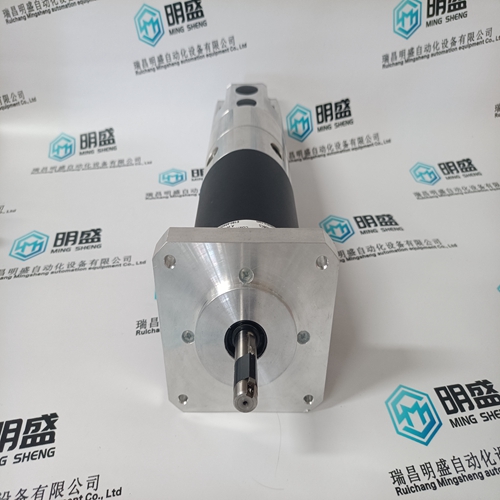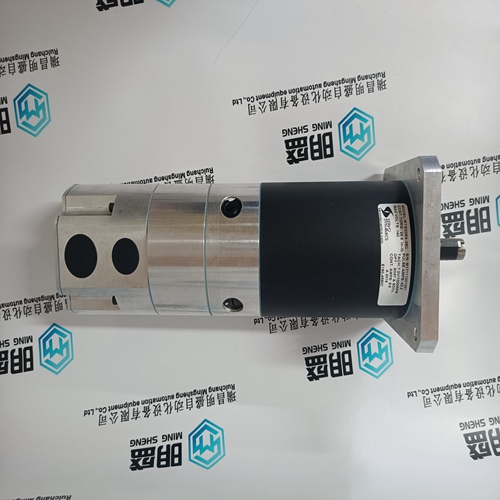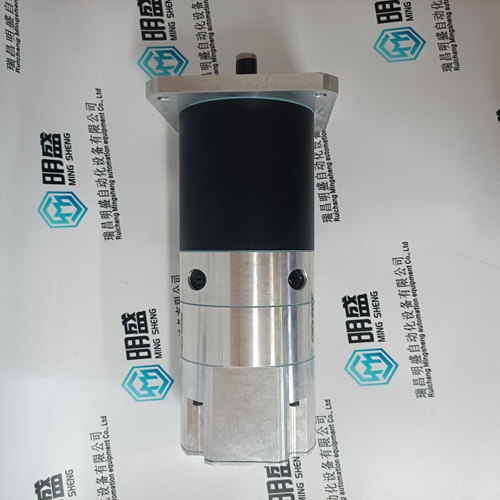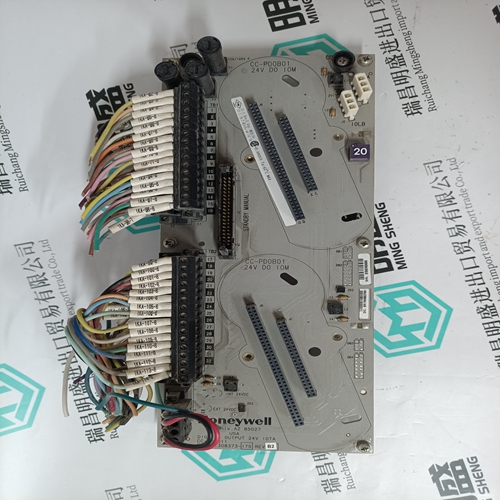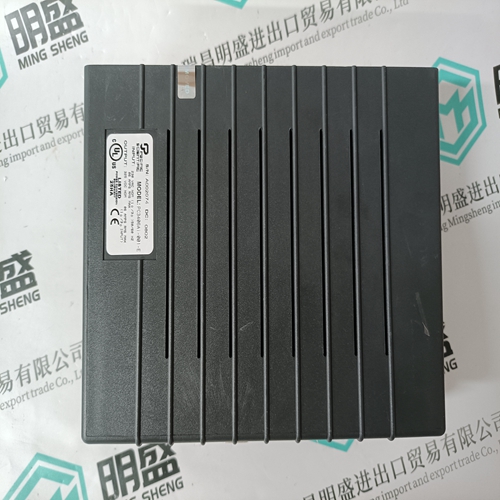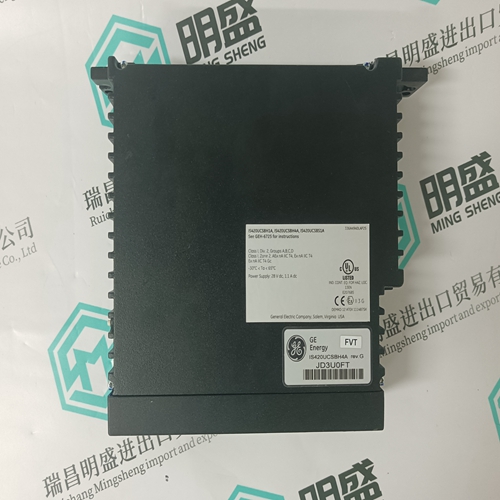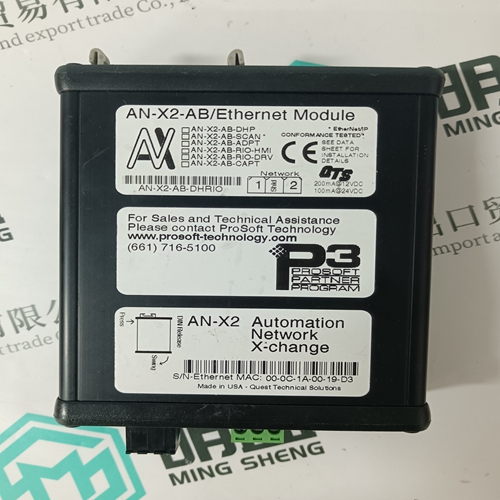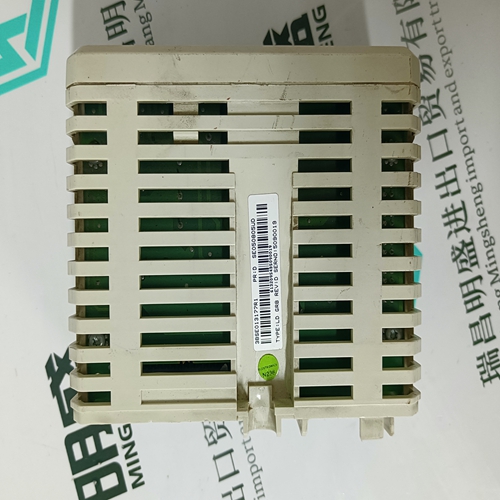Home > Product > Servo control system > SERVO MTS30M4-38C Servo motor
SERVO MTS30M4-38C Servo motor
- Product ID: MTS30M4-38C
- Brand: SERVO
- Place of origin: the United States
- Goods status: new/used
- Delivery date: stock
- The quality assurance period: 365 days
- Phone/WhatsApp/WeChat:+86 15270269218
- Email:stodcdcs@gmail.com
- Tags:SERVOMTS30M4-38CServo motor
- Get the latest price:Click to consult
The main products
Spare parts spare parts, the DCS control system of PLC system and the robot system spare parts,
Brand advantage: Allen Bradley, BentlyNevada, ABB, Emerson Ovation, Honeywell DCS, Rockwell ICS Triplex, FOXBORO, Schneider PLC, GE Fanuc, Motorola, HIMA, TRICONEX, Prosoft etc. Various kinds of imported industrial parts
Products are widely used in metallurgy, petroleum, glass, aluminum manufacturing, petrochemical industry, coal mine, papermaking, printing, textile printing and dyeing, machinery, electronics, automobile manufacturing, tobacco, plastics machinery, electric power, water conservancy, water treatment/environmental protection, municipal engineering, boiler heating, energy, power transmission and distribution and so on.
SERVO MTS30M4-38C Servo motor
If the milliamp signal to the Remote Auxiliary Set Point input is out of range (below 2 mA or above 22 mA) an alarm will occur and the Remote Auxiliary Set Point will be inhibited until the input signal is corrected and the alarm is cleared. Depending on configuration and system conditions, the Remote Auxiliary Set Point may be in one of the following states (505 display screen messages): Disabled—The Remote Set Point function is disabled and will have no effect on the Aux set point. Enabled—The Remote Set Point has been enabled, but permissives are not met. Active—The Remote Set Point has been enabled, permissives are met, but Auxiliary PID is not in control of the LSS bus. In Control—The Remote Set Point is in control of the Auxiliary set point, and the Auxiliary PID is in control of the LSS bus.
Inhibited—Remote Set Point cannot be enabled; Remote Set Point input signal is failed, Auxiliary control is Inhibited, or Remote Auxiliary Set Point is not programmed
Remote Aux Set Point
The Auxiliary set point can be positioned through an analog signal. Optionally, one of the 505’s analog inputs can be programmed to position the Auxiliary PID set point. This allows the Auxiliary set point to be positioned remotely by a process control or distributed plant control system. The Remote Auxiliary Set Point (RAS) range is determined by the programmed Analog input’s 4 mA and 20 mA settings. The Remote Auxiliary Set Point range is tunable in the Service mode, but cannot be set outside of the min and max Auxiliary Set Point settings. When enabled, the Remote Auxiliary Set Point may not match the Auxiliary set point. In this case, the Auxiliary set point will ramp to the Remote Auxiliary Set Point at the programmed ‘Aux Set Point Rate’ setting (as defaulted in the Service mode). Once in control, the fastest the Remote Auxiliary Set Point will adjust the Auxiliary set point is at the programmed ‘Remote Aux Max Rate’ setting. If the ‘Remote Aux Max Rate’ were set at 10 and the Remote Auxiliary Set Point analog input instantly moved from 0 units to 1000 units, the Auxiliary set point will move to 1000 units at 10 units/s.
Remote Auxiliary Enable Logic
The Remote Auxiliary Set Point input may be enabled from the 505 keypad, contact input, or Modbus/OPC communications. The last command given from any of these three sources dictates the state of the RAS input. A contact input can be programmed to enable and disable the Remote Auxiliary Set Point input/function. When this contact is open the RAS is disabled, and when it is closed the RAS is enabled. The contact can be either open or closed when a trip condition is cleared. If the contact is open it must be closed to enable the RAS input. If the contact is closed it must be opened and re-closed to enable the RAS input. When the Auxiliary PID is programmed to function as a limiter, the Remote Auxiliary Set Point may be enabled at any time when the 505 is in the RUN mode. When the Auxiliary PID is programmed as a Controller (enabled/disabled), there are three different options for enabling Remote Auxiliary Set Point and Auxiliary control as follows: Contact input configured for Remote Auxiliary Setpoint Enable From the 505 Display keypad Modbus/OPC command When only one Remote Enable command is programmed as a contact input, selecting ‘Enable’ will enable both Auxiliary control and Remote Auxiliary control. This configuration allows both functions to be enabled with one command if this is the normal operation mode. If ‘Disable’ is selected, both control modes are disabled.
